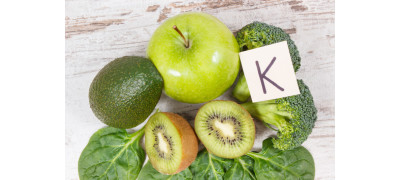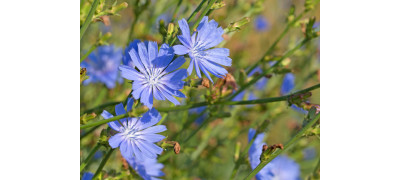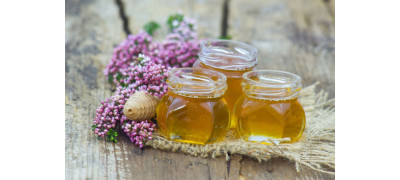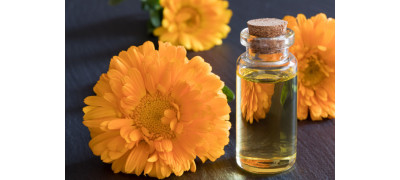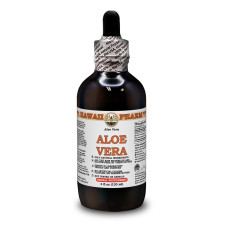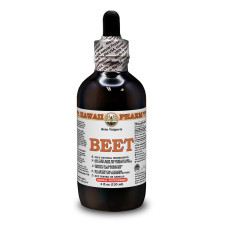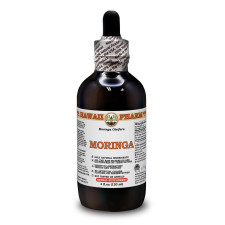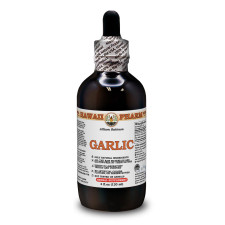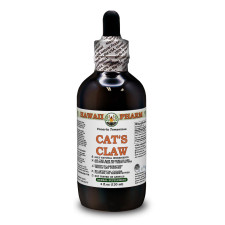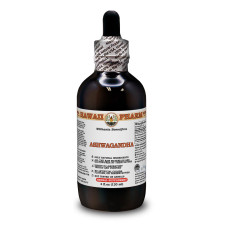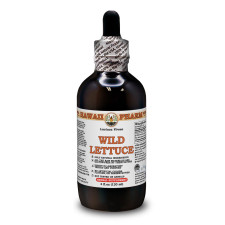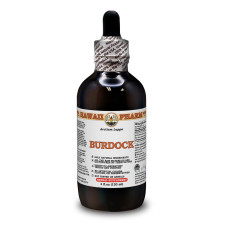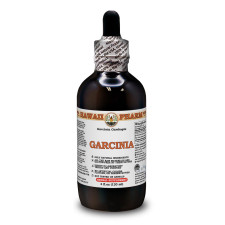- Home
- Alcohol Herbal Extracts
- Alcohol-FREE Herbal Extracts
- Veterinary Herbal Extracts
- Partnership
Partnership
We are open for cooperation with all interested persons or organizations. We have plenty of partners from all around the world and are looking for a long-term cooperation with new ones. At the present time we offer the following cooperation models:

WHOLESALER
We offer up to 30% discounts for wholesalers. The exact discount amount is dependent on your order amount, quantity and size of items. Minimum order amount is $300.

PRACTITIONER
Only for licensed practitioners! Create an account as practitioner and get special exclusive promotions. This kind of account is required manual approve.

AFFILIATE PROGRAM
Do you recommend us to your friends, family, colleagues and/or clients? If so: Thanks! We really appreciate it! Join our affiliate program. It’s by far the best way to monetize your Twitter or Facebook page, blog, or website.
- Blog
- Contact Us
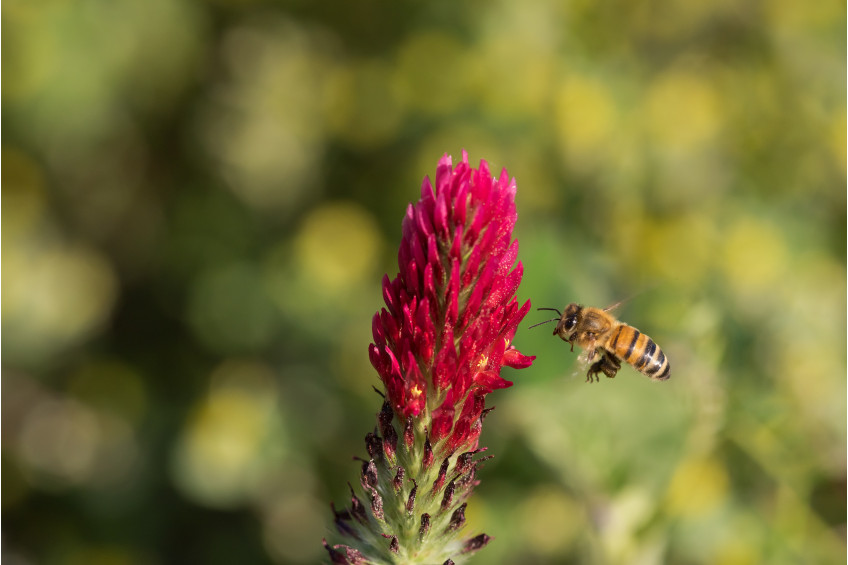
CRIMSON CLOVER: A BOTANICAL MARVEL
Crimson Clover, or Trifolium incarnatum, is a captivating annual Clover known for its vibrant red flowers that have graced meadows and gardens for centuries. Its botanical characteristics, rich chemical composition, historical facts, and health benefits make it a remarkable plant. Let's dive into this fascinating botanical wonder.
Botanical Characteristics
Appearance: Crimson Clover stands out with its distinct, Crimson red flower heads that form a conical or cylindrical shape. Each individual flower is tubular and densely packed on the stalk. The trifoliate leaves are a medium-green color and occasionally have a white V-shaped marking.
Growth Habit: It is an annual plant, meaning it completes its life cycle in just one year. Depending on the climate, it can be planted in either the spring or fall.
Size: The plant typically grows between 1 to 3 feet tall.
Habitat: Originally from Europe, Crimson Clover has been introduced to various parts of the world and can thrive in different habitats. It prefers well-drained soils and can be found in meadows, fields, and even along roadsides.
Chemical Composition
Crimson Clover, like many plants, contains a plethora of chemical compounds. Some of the noteworthy components include:
Isoflavones: These are a type of phytoestrogen, which are plant-derived compounds with estrogenic activity.
Saponins: These are glycosides that have a range of effects on the body and are known for their foaming properties.
Phenolic Compounds: These have antioxidant properties, playing a role in protecting cells from damage.
While the full spectrum of chemical components in Crimson Clover remains an area of ongoing research, these compounds hint at the plant's health benefits and potential applications.
Historical Facts
Origins: Crimson Clover originates from the Mediterranean region of Europe. It has been cultivated and used for hundreds of years across various cultures.
Agricultural Use: Historically, Crimson Clover has been used as a cover crop, helping to improve soil health by fixing nitrogen from the atmosphere into the soil. It also helps in erosion control and supports beneficial insect populations.
Culinary Uses: The young leaves of the plant have been used in traditional dishes in some Mediterranean regions, usually consumed as a fresh green or in salads.
General Health Benefits
It's worth noting the general health benefits of Crimson Clover:
Antioxidant Properties: Due to the presence of phenolic compounds, Crimson Clover has antioxidant benefits which can help in combating oxidative stress.
Digestive Health: The saponins in Crimson Clover might play a role in supporting healthy digestion.
Supports Cardiovascular Health: Some studies have suggested that the isoflavones in plants like Crimson Clover can have heart health benefits.
Indications for Use
It's essential to approach the consumption of any herb, including Crimson Clover, with caution. Always consult with a healthcare professional before adding a new supplement or herb to your diet.
Teas: Crimson Clover can be brewed as a tea, often combined with other herbs.
Green Consumption: The young leaves can be eaten fresh, usually added to salads or consumed as greens.
Supplements: Crimson Clover extracts can be found in supplement form, although its use in this manner isn't as widespread as other herbs.
In conclusion, Crimson Clover, with its stunning appearance and rich history, offers more than just aesthetic appeal. Its array of chemical compounds, combined with its general health benefits, makes it a noteworthy plant in both botanical and wellness circles.
DANGERS OF VITAMIN K DEFICIENCY
Scientists have found that a lack of this trace mineral can lead to early aging. With a lack of this substance in the human body, the level of interleukin decreases. This can provoke problems with the..
CHICORY
Chicory is a plant, that grows in meadows, forest glades, grassy slopes, often as a weed in wastelands, fields, near roads, near settlements. It is found in Eurasia, North Africa. As an invasive speci..
HEATHER
Heather grows not only in Europe, it can be found in Asia, North Africa and North America, on the Azores and the desert expanses of Greenland. Loneliness is not for Heather, it thrives in large thicke..
CALENDULA: QUEEN OF HERBS?
Calendula, or Calendula officinalis, is a perennial herbaceous plant that belongs to the Asteraceae family, it is also often referred to as a marigold...
Get exclusive deals you will not find anywhere else straight to your inbox!
Subscribe / UnsubscribeCookies policy
 We use cookies and similar technologies that are necessary to operate the website.
You can consent to our use of cookies by clicking "Accept..."
We use cookies and similar technologies that are necessary to operate the website.
You can consent to our use of cookies by clicking "Accept..."
Get exclusive deals you will not find anywhere else straight to your inbox!
Subscribe / UnsubscribeWe meticulously produce our extracts according to precise standards where each herb is extracted according to the distinct characteristic of each plant! Hawaii Pharm LLC offers the biggest choice of liquid herbal extracts in the World!

Hawaii Pharm LLC - Nature Heals. Highest Quality Herbal Products Since 2008.



